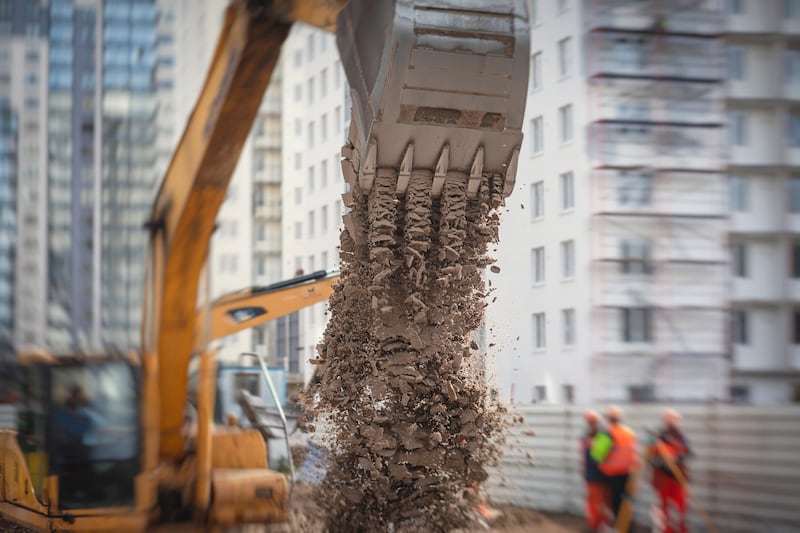Remember how Esau sold his birthright for a mess of pottage in the book of Genesis? He regretted it later.
Salt Lake City’s many old homes give our town a distinctive birthright. From the Ballpark to the East Side, from Rose Park to Central Ninth, you can enjoy their brick and their porches, their old trees and their long history as community centers for owners, renters and visitors. Unfortunately, these old homes are threatened by the condominium and apartment developments sweeping them away with shortsighted claims of improvement and affordability.
Downtown Salt Lake City is full of glossy towers and skyscrapers, and that is as it should be for an American city. But, as you head out of downtown, you find cranes and bulldozers replacing homes with five-story condos and disrupting historic neighborhoods with sun-blocking high-rises. Try a drive down 200 West or bicycle up 800 South and count the endangered neighborhoods.
NIMBYism is the selfish reaction that protests “not in my backyard” to some inconvenience. Instead, I am describing a comprehensive alteration displacing historic neighborhoods (and their neighbors) for homogenous five-story boxes, often without parking or green space.
Unchecked development is particularly dangerous to Salt Lake’s Granary district which has long housed artists, breweries, affordable apartments and small historic homes for working people. This community finds itself dwarfed by concrete trucks, wrecking balls and new towering condo stacks.
It feels like a sacrifice zone, but for what? The city is wrecking a community in the name of community, destroying affordable housing in the name of affordable housing, and the developers are the ones who profit and move on. If these neighborhoods must be sacrificed, could we have two- and three-story townhomes instead of the five-story monsters presently overshadowing their neighbors? Scale matters. How about encouraging the multi-family changes to RMF-30 zoning instead of these gigantic constructions blocking out little houses where people live? Deseret News readers might influence this discussion by taking the city’s “Thriving in Place” survey.
Affordable housing matters. The planning firm Place Economics tells us that one-third of American families below the poverty line live in older or historic homes. The mayor’s office and the city council should support these livable neighborhoods instead of fracturing them with imposing high-rises.
If your goal is affordable housing, take care of older homes. If your goal is community, recognize that diverse communities thrive in our city’s small houses. Urbanist and activist Jane Jacobs reminds us to trust historic urban patterns: “Under the seeming disorder of the old city … is a marvelous order for maintaining the safety of the streets and the freedom of the city.” What looks like inefficiency is actually human flourishing.
This capital city was founded by people determined to stay. In this commitment they created a heritage of architectural beauty for generations to enjoy. Salt Lake is nicer than most other western cities thanks to this historic architecture. These benefits should not be only for the lucky denizens of Federal Heights or the Avenues. When everyone enjoys community and walkable byways and neighbors on porches that’s not NIMBYism, that’s our healthy city thriving.
I urge Salt Lake City’s council and Mayor Erin Mendenhall to look closely at the distinctive benefits of the Granary’s historic neighborhoods and then side with homeowners to preserve our town’s heritage.
I urge these leaders to look closely at the bargain they are making with developers over condos in the historic Eastside and in Rose Park too before we find ourselves exchanging our livable communities for a world of soulless glass boxes.
If we must sell our heritage for a pottage of generic condos, let our leaders insist the developers use a human scale: include parking, add affordable units, and plan green spaces.
But most of all, let those leaders wake up to the threatened beauty of historic neighborhoods like the Granary.
Jeff McCarthy is director of the Environmental Humanities Graduate Program at the University of Utah and a professor in the university’s Honors College in Salt Lake City.

